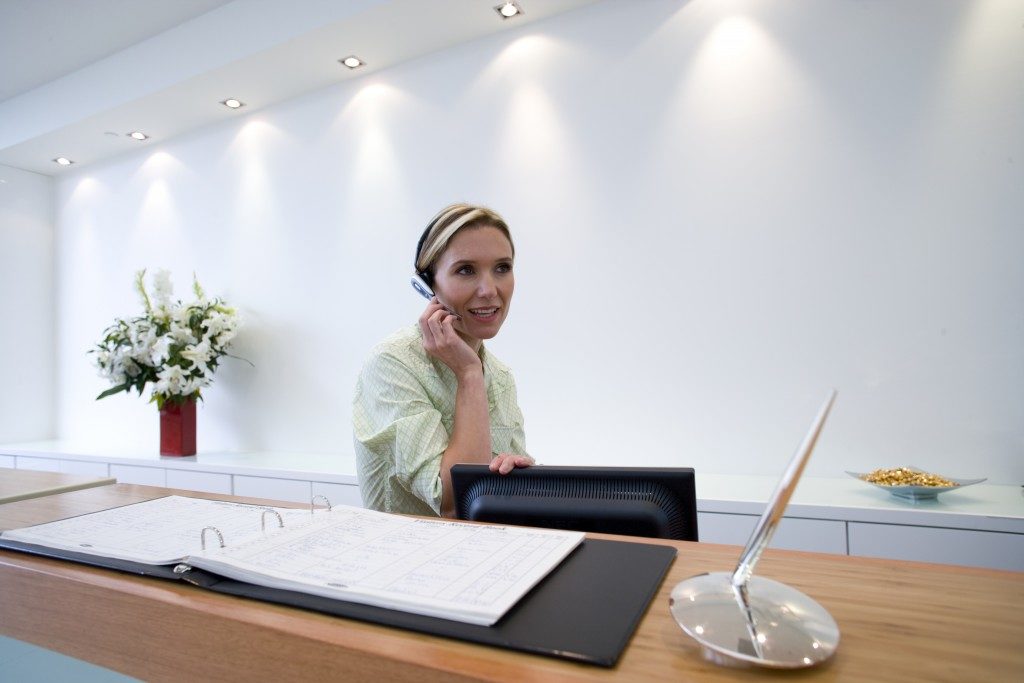Since the Affordable Care Act’s passage, patients’ access to appointments has been increasing every year. Yet around 15% of patients are still not getting the timely appointment access that they need. About 8% cannot get an appointment for their routine checkups. This is according to a survey conducted by the Agency for Healthcare Research and Quality (AHRQ).
Ensuring that patients are scheduled effectively and efficiently is not only crucial to maintaining a clinician’s revenue but also impactful to the customers or patients themselves. An optimal patient appointment scheduling process leads to better time management as well as less stress in the practice. Here are some key options to effectively schedule patients:
Automating patient scheduling and appointment reminders
Leveraging on technology, like a home care scheduling app, has been gaining traction nowadays. Many hospitals and ambulatory clinics have adopted specific automated technology to make the whole process relatively much easier for patients. Accenture predicts that by the end of the year, at least 38% of appointments will be automated. These engagement technologies are key to driving an entire industry closer to patient-centered care.
Patients from rural areas will greatly benefit from these advancements. Considering the transportation and travel time needed, many of these patients find it difficult to attend their appointments. Oftentimes, they contribute to a clinic’s no-shows. A self-scheduling app, for instance, gives them the ability to view available slots and choose which works best for them. It also reduces the no-shows, which are both costly and inconvenient for the clinic.
While some smaller organizations that serve lower-income patients may not be ready for these sophisticated advancements, a recent poll has shown that they are ready for smaller changes. Patient portals and appointment reminders are some engagement technologies currently in the pipeline.
Creating Triage and Prioritizing Appointments
Patient visits have different levels of complexity and time requirement. To ensure that patients with complicated medical concerns receive prioritization for same-day appointments, create triage for the scheduler to use.
Triage, when used in healthcare and medicine, is the process of sorting patients according to their need for medical attention. The criteria can include symptoms, urgency, and appointment length. It will help the scheduler evaluate when to schedule a patient and whether they even need to place the patient on the schedule at all. Many patients with uncomplicated issues can be resolved with a brief phone consultation or an email. This process allows clinicians to increase financial rewards by prioritizing complexity in clinic visits and maximizing work relative value units per visit.
Scheduling Appointments from Noon and in Consecutive Blocks

Many clinics find that to maintain productivity and ensure that the bulk of the appointments are in consecutive blocks, it is best to schedule appointments from noon. Morning appointments are scheduled from noon backwards while afternoon appointments are scheduled from noon forward. This practice reduces the number of empty slots throughout the day, which generally leads to unproductive downtime. Instead, if morning or afternoon blocks of time don’t get filled, practitioners can use these time blocks more efficiently. They can hold staff meetings, have their staff utilize the time to catch up on documentation, or cut overhead costs by allowing staff members to come in late or go home early.
Patient scheduling in itself may seem like a simple process. But many healthcare organizations are falling short on this front, highlighting the need for an overhaul. The guide given above is an option for clinics and hospitals to optimize their appointment-scheduling processes.








